Jump to Material Group
In the machining industry, workpiece materials are divided into groups. Classifying the workpiece material correctly into the right group gives a good starting point for choosing the correct Carbide Grade, Cutting Edge geometry, and initial Cutting Speed. However, we come across many people in the industry that are not aware of all the nuances and, as a result, make critical mistakes.
ISO Material Groups Chart
All the players in the industry use the German ISO standard (also nicknamed “PMK”) for classifying the six main raw material groups. Each main group has a letter and color associated with it.
| LETTER CODE | MATERIAL GROUP |
|---|---|
| P | Steel |
| M | Stainless Steel |
| K | Cast Iron |
| N | Nonferrous |
| S | Superalloys |
| H | Hardened Steel |
ISO material Groups and Carbide Grade Selection
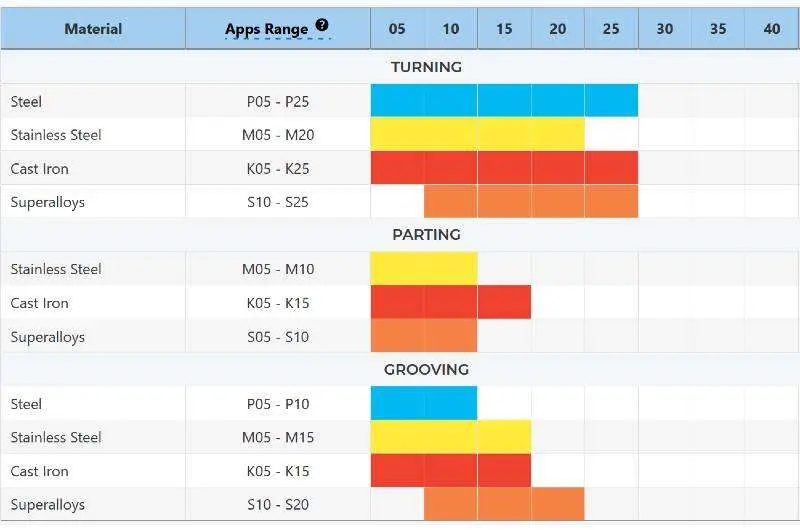
This classification is the primary consideration for choosing the correct Carbide Grade and Cutting Edge geometry. The major carbide suppliers usually display their grades in the catalogs according to the above colors and letters code, with the addition of the Application Range code. For example, (P15-P25). Learn more about Carbide Gardes Selection.
ISO material Groups and Cutting Edge Selection
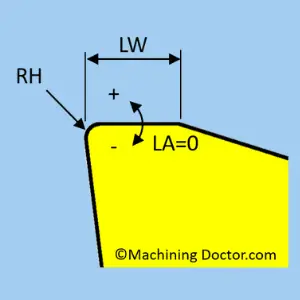
In many cases, insert designations use a key code that includes one of the six letters, and this is a clue that the geometry is suitable for that material. For example, CNMG 432-F3P would be a finishing insert for Steel (P). Learn more about selecting the correct Cutting Edge.
Raw Materials Sub-Grouping
For grade and geometry choice, the above classification into six main groups is usually enough. However, to select the correct cutting speeds, the main groups must be broken down into sub-groups. Several cutting tool suppliers use the VDI 3323 standard for subgrouping, but others make their own grouping system. While the grouping systems are not identical nor formal, they all share the basic classifications explained below.
Machinability
The raw material is the primary factor in determining the cutting speed. However, the speed depends also on the carbide grade, application, and stability. Therefore, when comparing cutting speeds for different materials, it is more practical to compare maintainability since it shows the relative difference in percentage between different raw materials. (100% is defined as the machinability of Steel SAE 1112). Learn more about Machinability
ISO P – STEEL
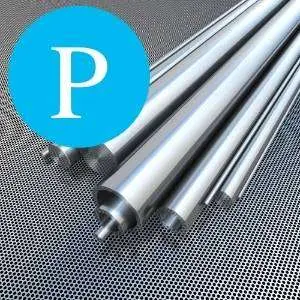
Steel is Iron (Fe), with the addition of 0.1 – 2.5 wt. % of Carbon (C). Besides carbon, steel may also contain many other alloying elements up to a total content of around 20%. Pure Iron is very soft. Iron becomes steel by “playing” with the mix and amount of the different alloying elements.
Steel Sub-Groups:
- Carbon Steel: Carbon steel is the most simple and cheapest form of steel. It is usually defined as steel made of Iron (Fe) with small Carbon (C) addition but without any other alloying elements. The subgrouping is done according to the carbon content. —machinability 50%-80%.
- Free-Cut Steel: Free-Cutting Steel is a nickname for carbon steel with an increased amount of Sulfur, Lead, and Phosphorus for the sole purpose of improving their machinability. —Machinability 70%-170%.
- Low Alloy Steel: There is no scientific definition, but in practice, low allow steels are carbon steels with additional alloying elements (on top of the carbon and Manganese) of up to 5%. These elements are added to improve strength, toughness, corrosion resistance, wear resistance, and hardenability. —Machinability 40%-75%.
- High Alloy Steel (Tool Steel): High alloy steels can contain 5-20% content of alloying elements. They are called tool steels since they are mostly used to manufacture tools for cutting, pressing, extruding, and coining. —Maintainability 20%-50%.
ISO M – STAINLESS STEEL

Stainless steels, as their name suggests, are a group of steel alloys with a shiny appearance and good corrosion resistance. The base element (70-80%) is Iron (Fe) with a minimum of 10.5% Chromium; most grades will have additional alloying elements such as nickel (Ni) and molybdenum (Mo).
Stainless Steel Sub-Groups:
- Austenitic Stainless Steel: High Chromium content, up to 20%, with the addition of Nickel up to 15%. Due to the high nickel content, It has much better corrosion resistance, but it is the hardest to machine. —Machinability 35%-75%.
- Martensitic / Ferritic Stainless Steel: Characterized by Chromium content up to 18% with almost no nickel. It is the only group of stainless steel that can be heat-treated and therefore is the strongest. However, it has the least resistance to corrosion. —Machinability 40%-75%.
- Duplex Stainless Steel: This sub-group is called Duplex since these materials have a two-phase Austenitic – Ferritic structure. They are designed to provide higher corrosion resistance and tensile strength. They can have Chromium (Cr) content up to 30% and Nickel (Ni) up to 9%. —Machinability 20%-30%.
ISO K – CAST IRON
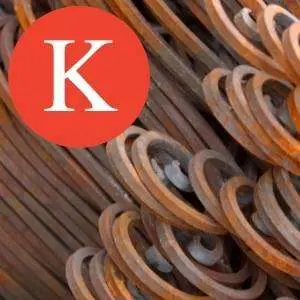
Cast Iron is a group of Iron- Carbon-Silicone materials with 1.8-4% carbon (C) and 1-3% of Silicon (Si) content. The silicon pushes part of the carbon out of the solution, forming graphite flakes. The material is brittle at room temperature but has a low melting point and thus has excellent castability. Each subgroup contains different alloys at a wide range of hardness. The hardness has a major effect on machinability, and therefore we compare all the subgroups at 230 HB.
Cast Iron Sub-Groups:
- Grey Cast Iron: Characterized by its graphitic flakes that give the material its grey appearance. It has lower toughness than steel; however, it has good resistance to plastic deformation and is, therefore, widely used for housing components. —Machinability 105% (at 230 HB).
- Nodular cast iron: The graphite is formed in round nodules, hence the name nodular. Unlike grey cast iron, it is a tough material with good fatigue resistance. Its mechanical properties are equivalent to plain carbon Steel. —Machinability 95% (at 230 HB).
- Malleable cast iron: Formed in a slow and long heat treatment process (Several days), yielding a much tougher material with lower sensitivity to cracking and better impact resistance (compared to grey and nodular iron). —Machinability 85% (at 230 HB).
ISO S – SUPERALLOYS

Superalloys are a group of materials engineered to have very high strength and superb corrosion resistance. Some of them also preserve these properties at very high temperatures and chemically hostile environments. They are mainly used in jet engines, turbines, oil&gas equipment, and medical implants.
Super Alloys (HRSA) Sub-Groups:
- Nickel (Ni) based superalloys: The main feature is excellent strength across a wide temperature range combined with good corrosion resistance. HRSA’s are used mainly for aircraft jet-engine parts and in the oil & gas industry. —Maintainability 10%-40%.
- Iron-based superalloys: A more economical alternative to nickel-based alloys. They provide the same advantages but to a lesser extent and at a lower price. They are used mostly on less critical components that still require heat resistance properties. —Maintainability 25%-50%.
- Cobalt-based superalloys: Excellent in their wear resistance and chemical stability in harsh and hot conditions. Therefore, they are mainly used in valves and fittings in an acidic environment and medical implants such as artificial hip joints. It is the most difficult to machine the superalloy sub-group. —Maintainability 6%-20%
- Titanium-based superalloys: Excellent strength-to-weight ratio. On the one hand, it is almost as light as aluminum, and on the other hand, it has a higher strength than most steel alloys. On top of that, it has superb corrosion resistance. This combination makes it popular in aerospace components and medical implants. —Maintainability 15%-20%.
ISO N – NONFERROUS
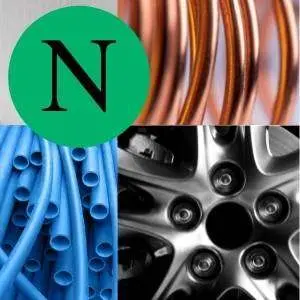
Nonferrous refers to materials that do not contain any Iron (Fe). Non-ferrous have inferior mechanical properties when compared to steel. However, they can be machined much faster and therefore reduce the cost of the component.
- Copper / Brass – Has the highest maintainability rating.
- Aluminum – Used to reduce weight and reduce machining costs.
- Plastics – Low-friction, high-wear resistance, electrical insulation, chemical resistance to solvents.
ISO H – HARD STEEL
Alloy steel and cast iron heat-treated to 45-65 HRC. Maintainability is very low and depends mainly on the hardness.
« Back to Glossary Index








